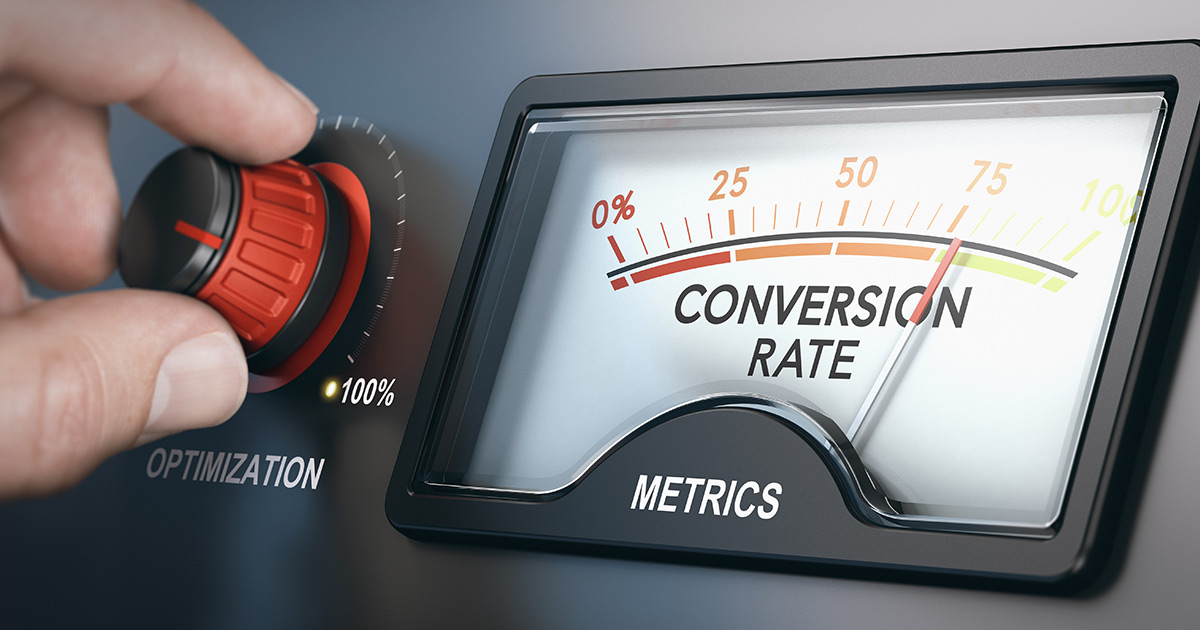
Conversion rate optimization has been around for a long time. However, it hasn’t been under the spotlight for that long. Nowadays, its value is growing day after day, and it is getting more and more attention as time flows.
Now with the wave of digital transformation and the growth of websites’ value for businesses, e-commerce is becoming a major conversion channel.
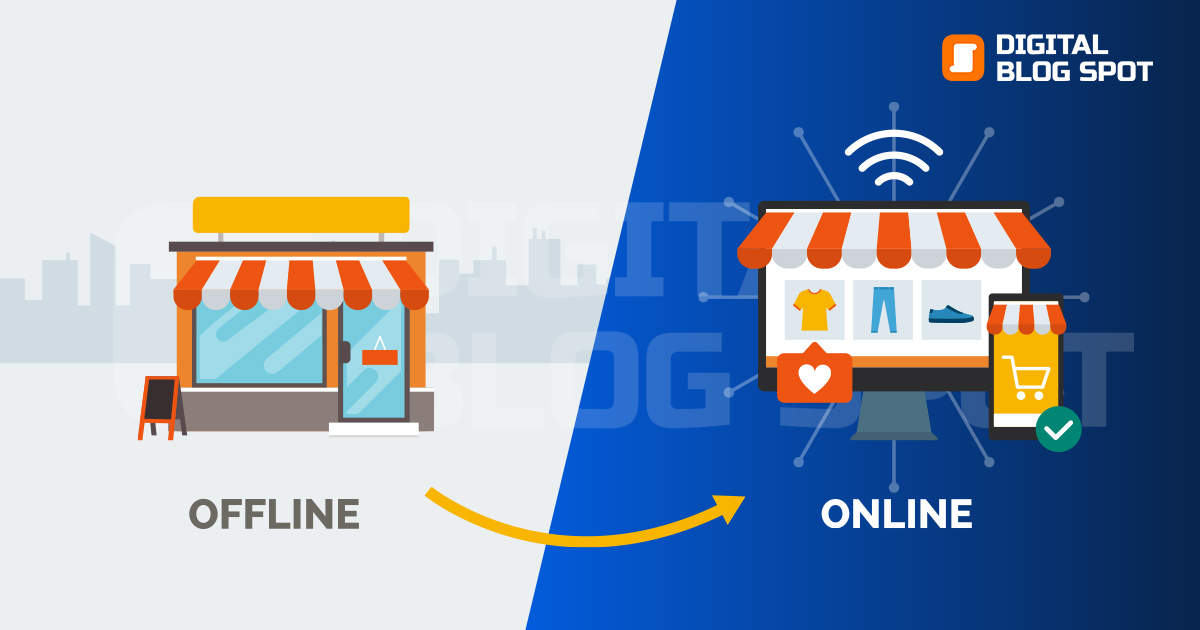
A personal conception I have is, it won’t be long before e-commerce and digital platforms take over the whole commerce ecosystem.
Why is E-commerce growing each Year?
I would justify my concept by highlighting the case of any child around you in today’s world. Children nowadays have cell phones or tablets that are inseparable from their hands.
Kids play on digital devices instead of traditional toys. Hiring is processed by applying on digital platforms, not printed CVs. The youth are now using online streaming platforms, rather than normal TV channels.
It’s a whole new world where all aspects of life are being digitalized. The fields of Commerce and trading are no exception. With the coming of each new generation, e-commerce, and online trading platforms are taking over the commerce market bit by bit.

The global e-commerce growth rate for 2023 is predicted to be 10.4% as per Oberlo Global E-commerce Sales Growth blog.
What are Conversions? Are conversions limited to purchases?
The definition of conversions in Digital Marketing is
When a consumers from your target audience convert from potential customers to responders to your Call To Action.
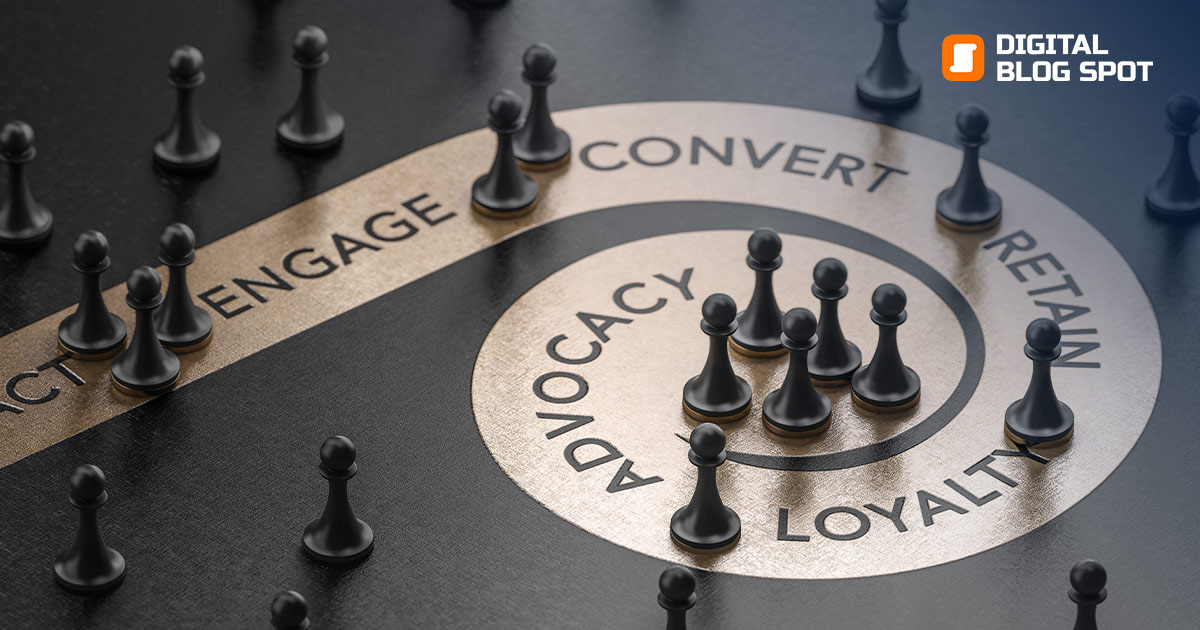
Conversions are definitely not limited to purchases and not limited to a single conversion for each business model. A single website can have as many conversion actions as he deems beneficial.
For example, a Blog website can have a conversion event when someone spends 5 minutes on a given page. It can even set a conversion event when a new user subscribes to their list. Another conversion event can be set for a scroll depth on a set of blog articles.
On the other hand, an e-commerce website can have its conversion events set for user-account creation, purchase completion, and a business contact form submission.
What is a Conversion Rate? How to Calculate a Conversion Rate?
A conversion rate is the ratio of website Conversions to the total number of website visitors (unique users).

A conversion rate determines the simplicity of your website conversion journey and its effectiveness. You can consider it as a method to identify your website’s success ratio for generating conversions.
Per se, if your total number of website visitors in a given month reaches up to 10,000 users and you get a total of 150 conversions, then your conversion rate would be 1.5%. In order to calculate the conversion rate, you would have to take the number of conversions and divide it by the number of total website visitors, then multiply it by a hundred.
Conversion rate is not only specific to websites. You can calculate a conversion rate for a specific campaign, by simply dividing the number of conversions by the number of ad viewers and then multiplying by a hundred.
What is a good conversion rate? When can I say that a campaign or a website performs well?
Conversion rates are widely diverse from one field to another and from one target market to another.
A travel agency website won’t have the same conversion rate as an FMCG website. For example, a travel website can have a conversion rate of 0.5% but each conversion has a value of 1,000$ while a cosmetics website can have a conversion rate of 1.5% and sells products with an average price of 50$.
You can’t compare both and say that one is more successful than the other. However, we can take the average conversion rate for all industries and say that it generally falls between 2% and 6%.
What is Conversion Rate Optimization?
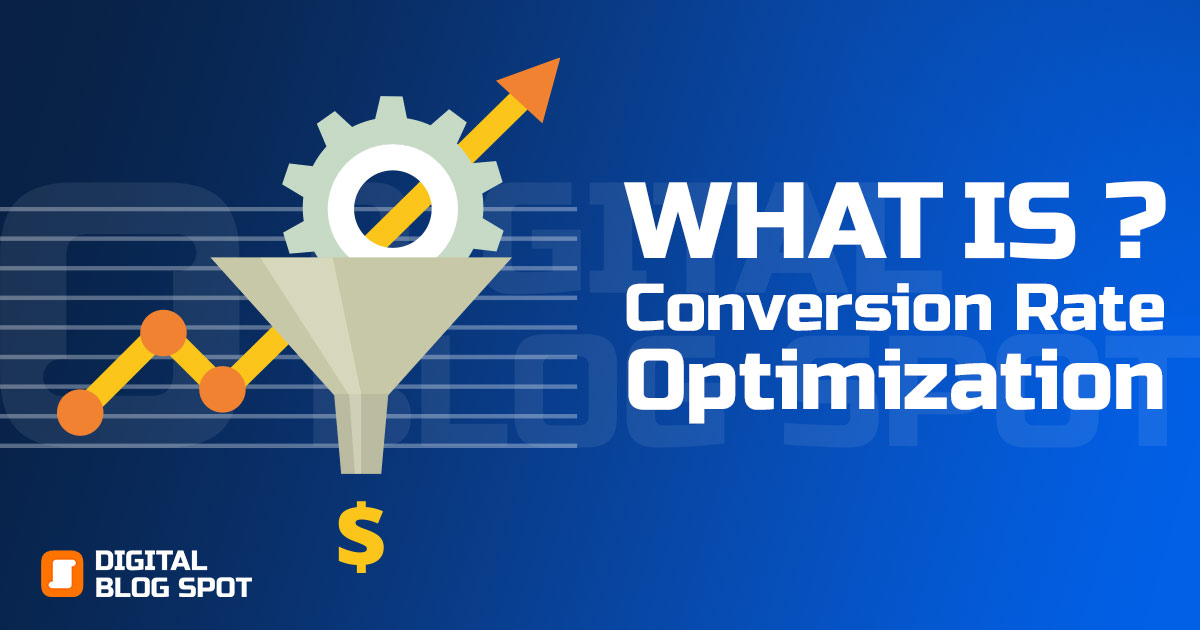
You must have previously heard the term Search Engine Optimization, or have read about it in our blog articles. If Search Engine Optimization is the process of optimizing your website for ranking on Search Engines, Conversion rate optimization is the art of optimizing your website for increasing conversion rate.
But that is just stating the obvious, let’s take a deeper look. Conversion rate optimization is all about monitoring user behavior on your website and studying it day after day, in order to get user interaction insights and behavioral schemes that will guide you in enhancing your Conversion funnel.
Conversion rate optimization is a non-stop process that keeps going as long as your website is alive. Even if you have figured out all the bottlenecks within your website’s interface and fixed them, conversion optimization shall continue in order to keep a close eye on any change that might arise from the below reasons.
1- Applying new features might disrupt a previous one
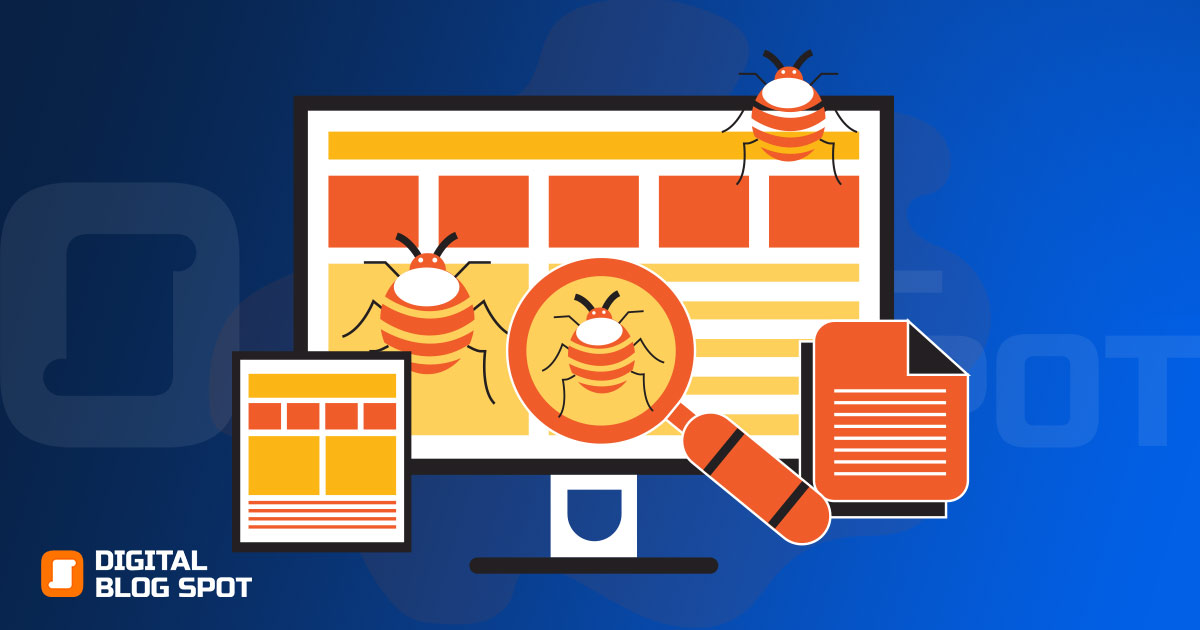
We are working in one of the most dynamic fields (Digital Marketing) that requires the application of new features every now and then on your website. It is a very common scenario for a new feature to corrupt an old feature or mess up one of your conversion funnel steps without you noticing.
If you are continuously following the mindset of conversion rate optimization and keeping a close eye on the funnel report, you can identify all bugs and fix them in no time. Those bugs, aside from slowing down your conversion rate, will provide your repeated users with a bad perception of your website’s interface.
2- The world is shifting tastes every now and then
As we move along time, technology keeps advancing. The website standards for clean interface changed several times over the last decade.
Take Facebook as an example. Facebook changed its interface look and feel more than 7 times since its beginning. Now how do we expect that our conversion optimization efforts should be carried out once and last for good?
What is a conversion funnel?
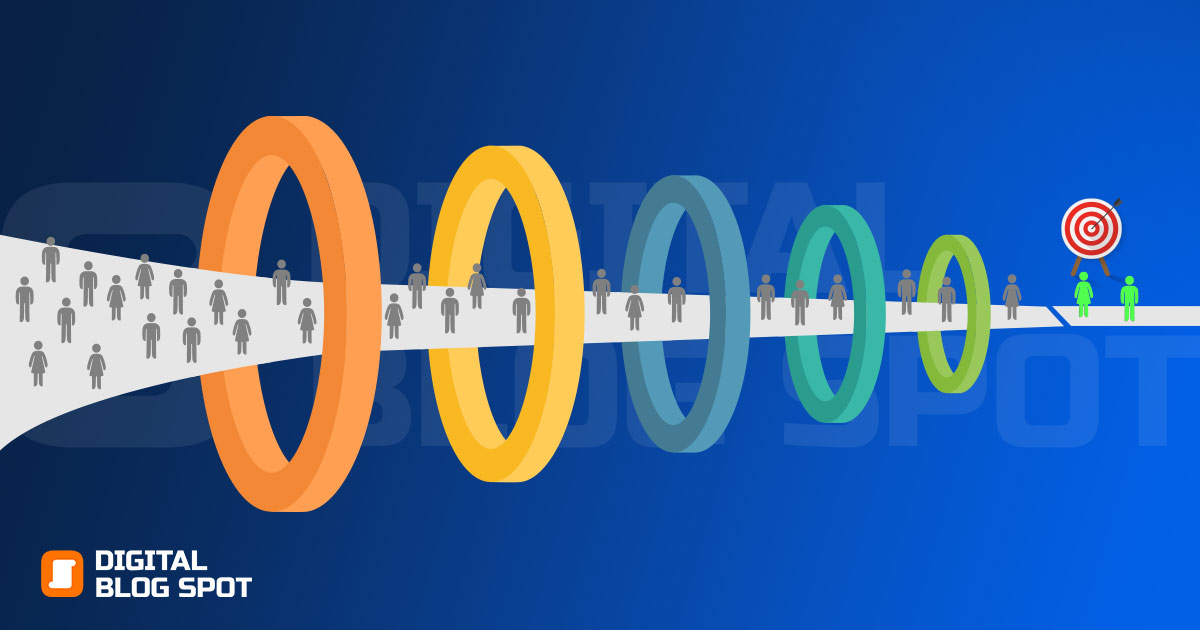
A conversion funnel is the series of steps that your users take in order to convert.
The funnel diagram shows a cone that keeps shrinking along each consecutive step covered through the user buying journey. The conversion funnel is different from one business model to the other.
E-commerce website common conversion funnel
A common funnel example is product e-commerce websites. Where the user flows through a series of steps to complete a conversion event (Purchase).
The first step in the e-commerce conversion funnel is the landing page view. A landing page is the first page that a user meets upon landing on your website. The landing page isn’t necessarily your home page, as some campaigns might push traffic for the offers pages, or product pages directly.
Pursued by the following set of events in consecutive order; Product page view, Product add to cart, cart review, initiate checkout, and purchase.
The number of users going through each step will certainly be lower than the previous one. The number of lost users in between steps is called drop-off. A drop-off ratio is the number of lost users divided by the number of users who completed the previous step, multiplied by 100.
How to start conversion rate optimization CRO?
In order to start with your conversion rate optimization efforts, you would first need to understand what are the major elements of the CRO process.
1- Analyzing and Identification
As I have previously mentioned, Conversion Rate Optimization is highly dependent on analysis and discovery. The better your tracking system is, the better decisions you will make.
In order to understand the behavior of your audience along the conversion journey, quantitative and qualitative data shall be gathered and processed. For that, you will need a set of conversion rate optimization tools.
Google Tag Manager
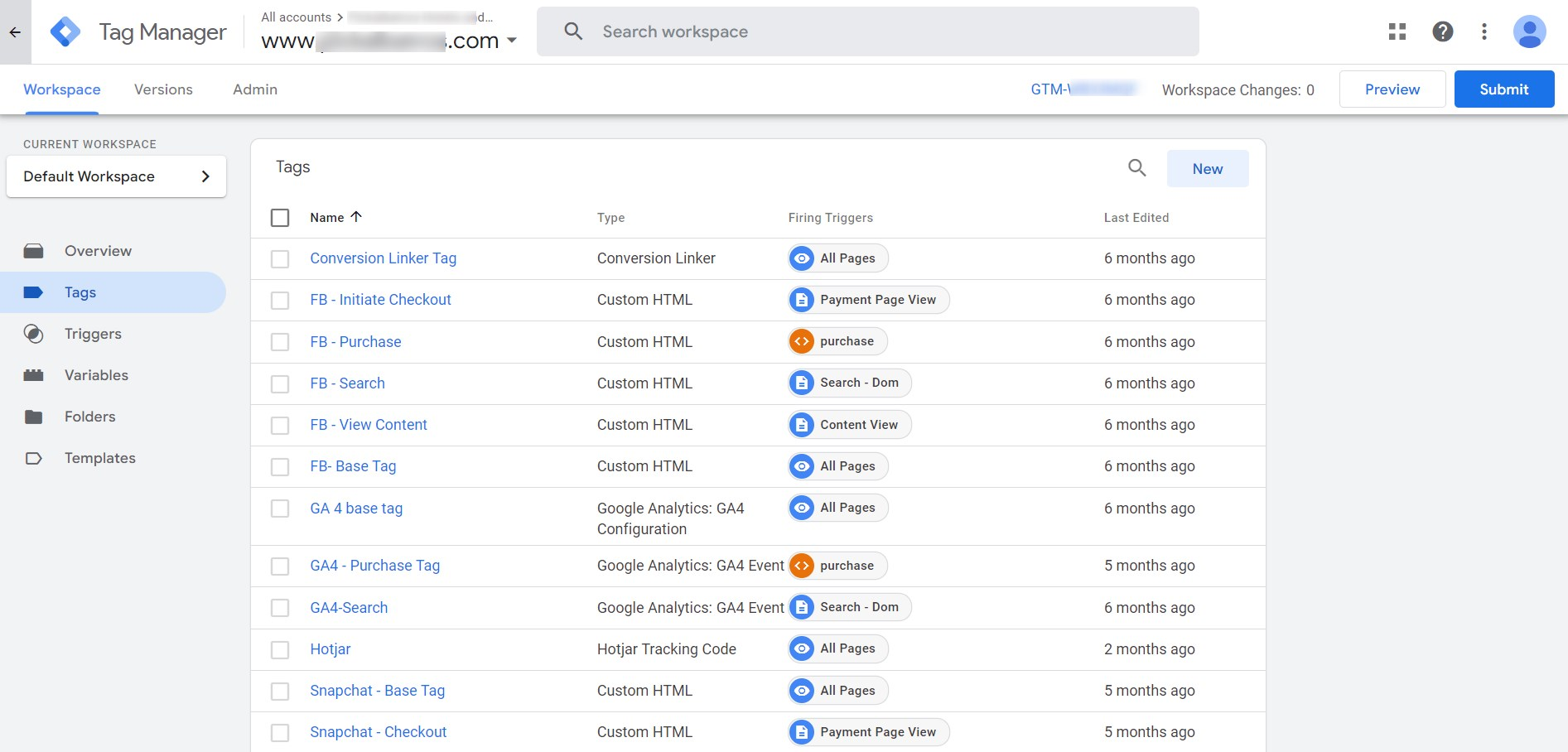
Google tag manager is a tag management solution provided by Google to facilitate the installation of tracking tools on a website. Google tag manager is essential for setting up Google Analytics and Heatmap & Session recording tools.
Google Analytics – (Helicopter View)
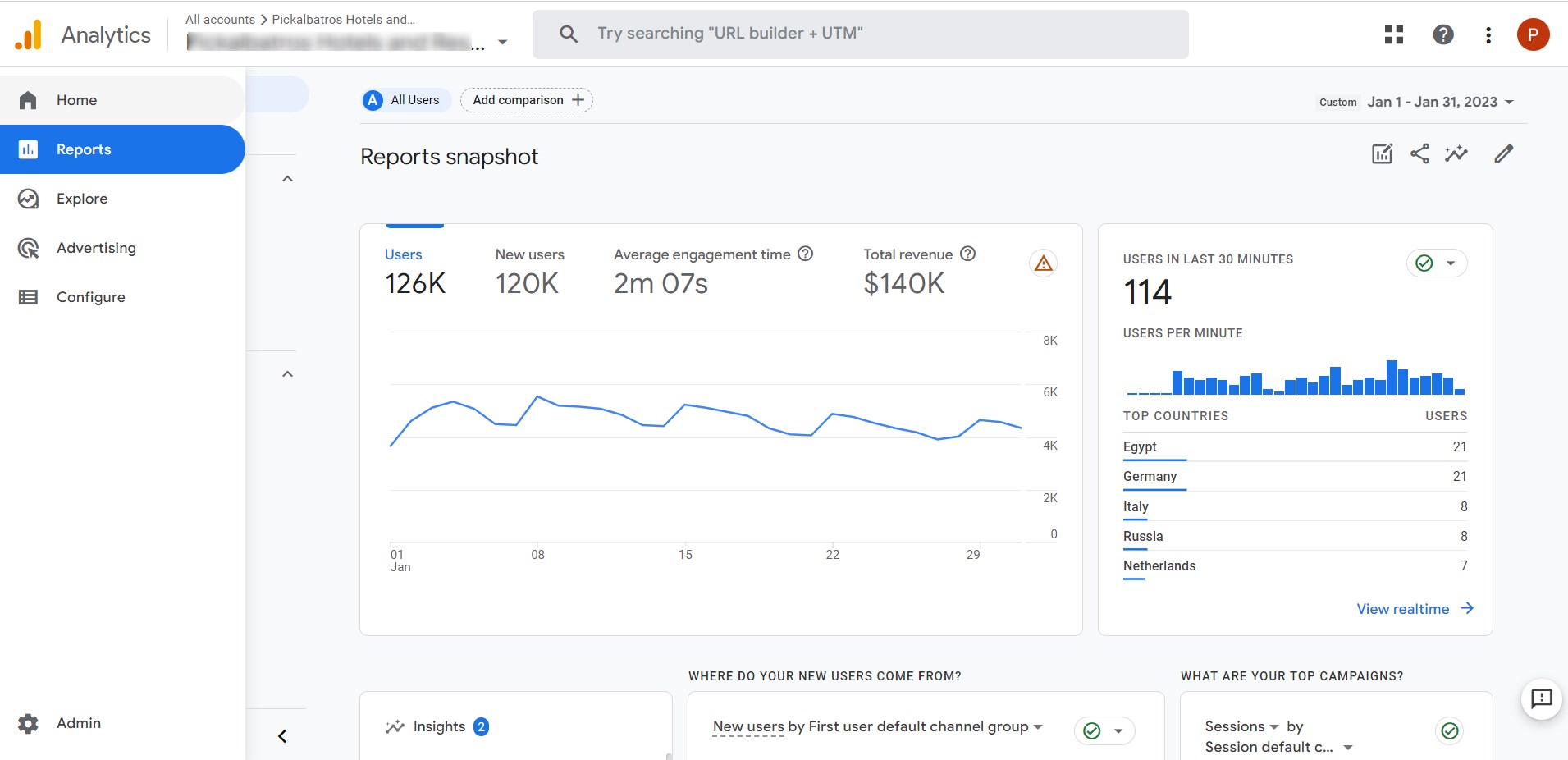
Acquisition Reports
Bounce Rate
Conversion funnel reports
User device and behavior reports
I can’t recall working on any website that doesn’t have Google Analytics set up.
Google Analytics is essential for gathering quantitative data and displaying it in well-structured reports. With GA4 property, you can set which events you would like to view as conversions and organize them in a funnel report.
The funnel report should quantify how many users completed each event of the funnel, and state the drop-off ratio for each step. Keeping a close eye on the funnel report, you can identify the bottlenecks in your user’s buying journey.
At this point, you would have discovered the existence of a problem. But, you still wouldn’t be able to figure out the nature of the problem.
For that, you will need another tool to uncover the qualitative data, which will help you identify the nature of that problem. Moreover, Quantitative data lets you understand and profile your target audience and optimize a landing page experience tailored for them.
Hotjar- (Microscopic View)
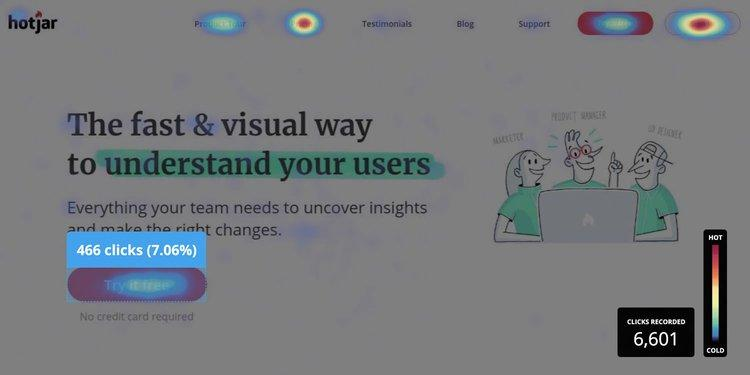
Heatmaps
Session Recordings
Feedback popups
Survey forms on conversion pages
Website in-depth analysis tools are critical for Conversion rate optimization. They back you up with the necessary qualitative analysis necessary for improving your site’s conversion rate.
The best, tool I’ve found so far is Hotjar, offering three solutions for understanding your user’s behavior on the website with deep analysis.
“Website Heatmaps” is one of the most helpful features that will display any chosen landing page as a screenshot marked by colored areas signifying the number of clicks on each part of your website. Heatmaps can be created for desktop, tablet, or mobile views.
Session recordings are another feature that allows webmasters to view recorded sessions for website visitors. The more sessions you view the more you will be able to understand which features attract your users and which do repel them.
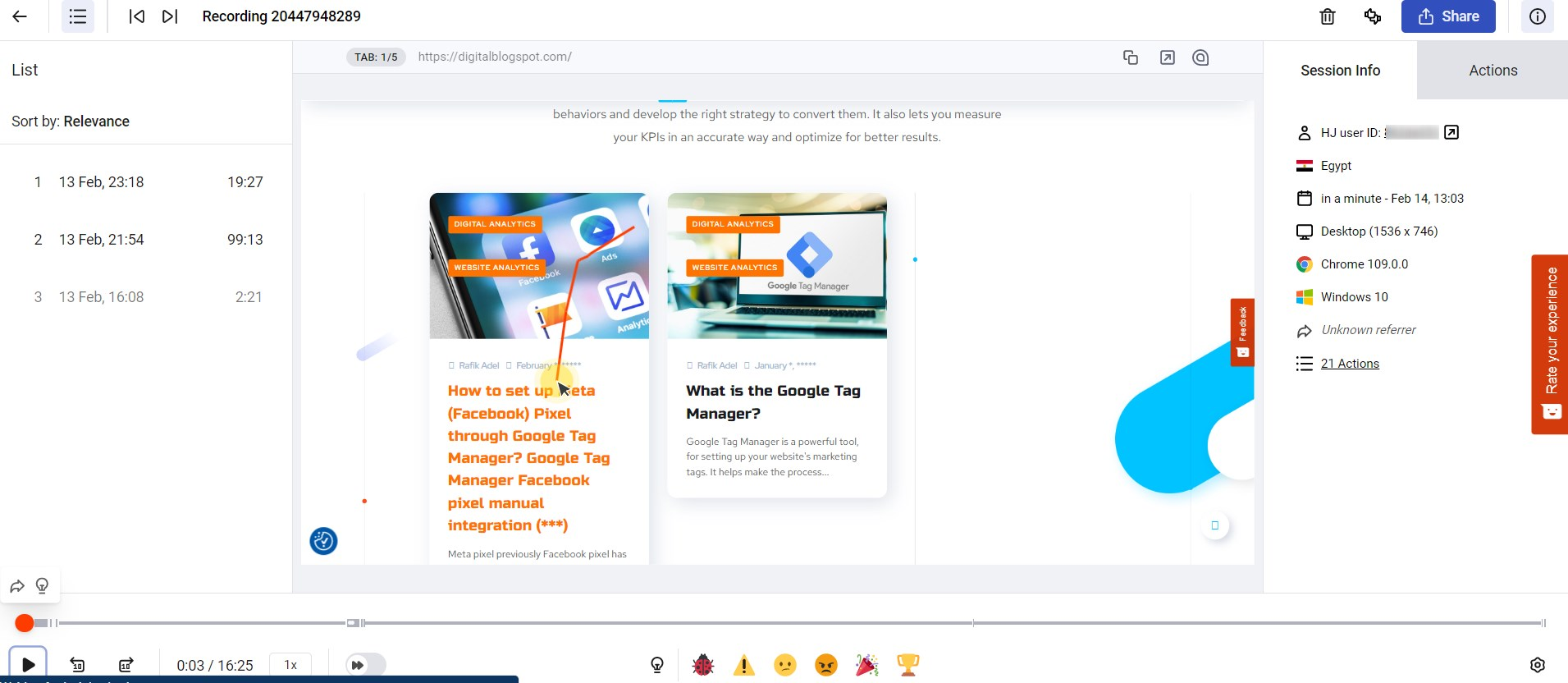
Feedback and survey features are extremely in-depth as they provide you with direct feedback from your audience regarding anything they like or hate on your website.
2 -Exploring Potential Conversion Rate Optimization Opportunities
Now that you have studied your website’s performance reports and even gone deeper to perform some in-depth analysis, it’s time to come up with some improvement hypotheses.
Let’s say, you believe your checkout page has a high abandonment ratio, and you believe that is due to a long decision-making process. At that time people usually view other alternatives and some of them are forever lost. You believe a good solution for this case is to top your checkout page with a promotion count-down banner. Now that can be one assumption among other several potential solutions.
You can jump straight to the implementation step if you have a short list of amendments on your sheet. But, if you are lost between the lines of an endless sheet, try widerfunnel’s “How to prioritize conversion rate optimization tests using PIE”.
3- Testing your Hypothesis
Now the time has come for you to start implementing your proposed Conversion Rate Optimization scenarios.
Every scenario of your hypothesis has a different testing method. Landing pages conversion optimization tests work in a different way than the product page.
Split Testing (A/B Testing)

Split testing is when you decide to start showing two different versions of one page to the same audience and monitor the change that each version has on your conversion rate.
For A/B testing to work properly, you will have to keep all other aspects of the conversion funnel the same and test only one variable. For example, you can test a different design for a checkout page, by showing both versions at the same time, to the same audience, and with the same offers. If two variables are in play, you won’t be able to realize which of them resulted in better results and if the other variable is supporting or withholding.
Sample Size
AB testing should be done after considering the sample size for each variant. You can’t test version A for example with a thousand users and version B with triple that number and then say that your results are conclusive. Sample size should be sufficient as well for both in order to represent a good percentage of your monthly traffic.
If you test your variations for 100 users each, the population size would be too narrow to decide that any of them even works.
Test Duration
Test duration must be taken into consideration as well. A test that runs for a couple of days won’t be enough to give you proper results. Ask yourself first, what if those days meet a weekend or a high-demand occasion worldwide?
Multivariate testing (MVT)
Multivariate testing is about testing more than two variations on the same page. But in this case, you would be testing different combinations of the elements you want to test.
For example, if you want to test with different styles of product images, different styles of Add to cart text, and a different price cutdown way of display, you would have to come up with 4 to 5 combinations of the above elements and test them for your website traffic.
Multivariate testing is usually used for high-traffic sites, which can give the webmaster a good space to run multiple tests at the same time.
Incrementality Testing
Incrementality tests are run by changing one element at the beginning or middle of the conversion journey and monitoring the result it has on all steps of the user buying journey.
An example of this type of test would be to change a visual element in the ads shown on your home page banners, and monitor how it affects the rest of the users’ path toward final conversion.
Incrementality tests take an overview look over the consumer’s journey and try to leverage multiple touchpoints to enhance the full conversion process.
Why Conversion Rate Optimization Best Practices are a big mistake?
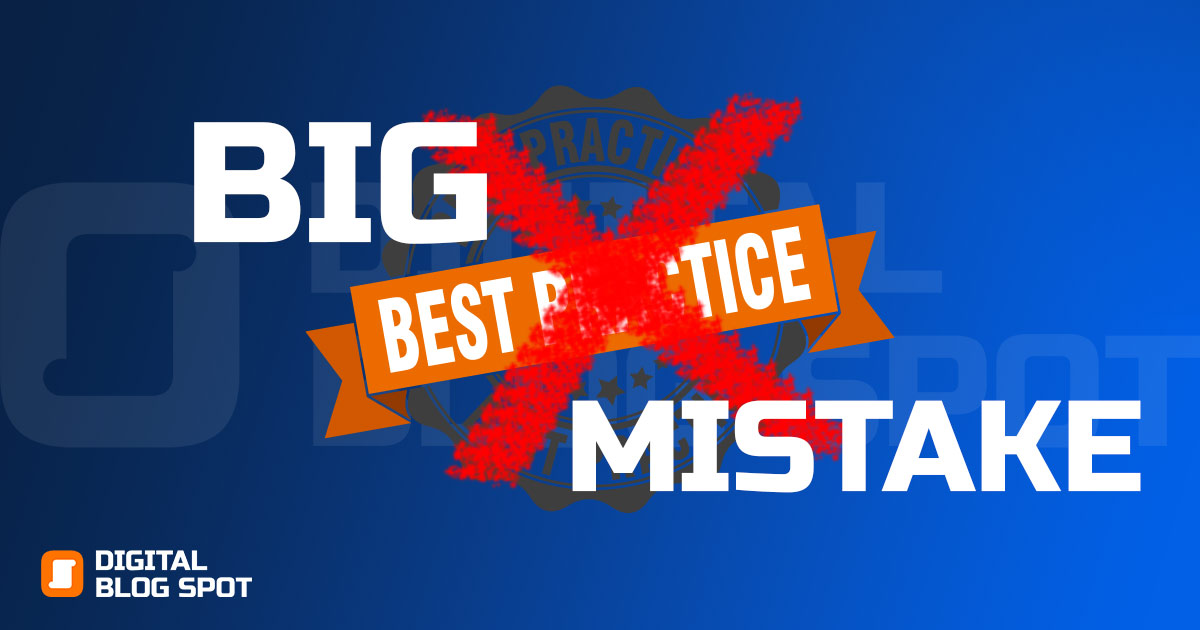
Conversion rate optimization focuses on building a highly customized user experience on your website. Best practices by nature are against that approach, they state certain factors that worked with a number of websites and generalize the benefit as a rule.
This wouldn’t forever be the case, however. Each business is unique in its own mix of products, target audience, and field of service.
While best practices have sometimes proven helpful, making that a general rule would do you more harm than good. By following a set of instructions provided by another marketer, you can be limiting yourself from exploring a great potential for growth; if not harming your business.
Is Conversion rate optimization a part of SEO?
Conversion Rate Optimization is not part of SEO, but they both support each other.
Search Engine Optimization focuses on optimizing your website to rank higher on the search engine results page. That in turn leads to more traffic generation for your website and more conversions as a result.
SEO also focuses on enhancing your content and website experience to keep your users engaged and consequently Search engines will love it as well.
Conversion rate optimization, on the other hand, has a major goal of enhancing the conversion rate for your website. It doesn’t necessarily take what search engine considers ranking criteria in mind.
Conversion Rate Optimization and SEO however, meet in a lot of points, as search engines care about the user experience same as the conversion rate optimization concept.
Which Pages should I focus on with Conversion Rate Optimization?

Landing pages
One of the most essential factors that determine the success of a given landing page, is its conversion rate. Landing pages originally are chosen based on their potential to maximize the conversion rate.
Home Page
In your Google Analytics reports you will notice that in most cases your home page is the one with the most page views. If that is the case, your home page has to be decorated with visible and clear call-to-action placements. Site visitors landing on the home page, need to find a quick method to complete their desired action, otherwise, they will escape instantly and increase your bounce rate.
Checkout Page
Shopping cart abandonment is one of the most frustrating things to read in your reports. The checkout page is the finish line for your website’s buying journey. What would you do if you see people leaving the track just before the finish line?
Investing your time in optimizing the checkout page, will unquestionably give a boost to your conversion rate and will do all the magic for increasing conversions.
Product Page
Product pages are critical for grabbing users’ admiration, the more informative and easy to read your page is, the more users will be convinced to buy. Optimizing a product page involves thinking about the product’s image, promotion, CTA, reviews, and inclusive description.




